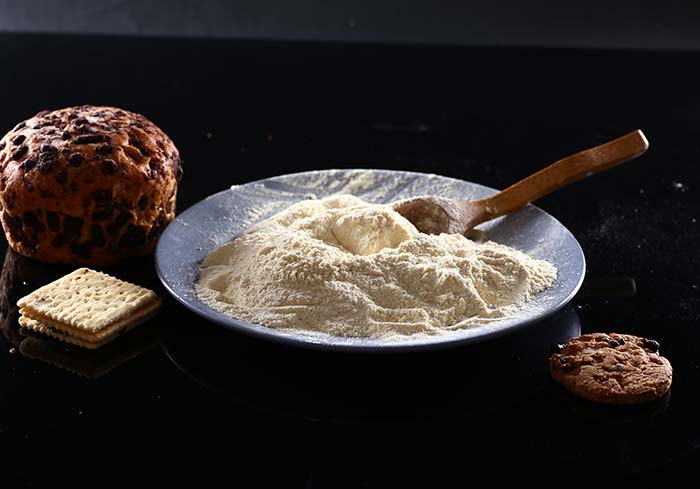Physiological Nutrition Of Soya Lecithin Liquid For Food
Published on May. 29, 2019
The main components of Soya Lecithin Liquid For Food products are oils, phospholipids, choline, unsaturated fatty acids and vitamin E. Phospholipids are an important part of biofilms and are an indispensable component of animal brain, nerve tissue, bone marrow and internal organs. They are very important for the growth and development of young animals. Most of the phospholipids are present in the cell wall matrix, cell membrane, myelin sheath, mitochondria and microsomes in the form of lipoprotein complexes, which serve to make non-polar substances highly permeable. Phospholipids are also involved in the metabolism of lipids and promote the digestion of lipids in feed. Absorption, transport and synthesis to prevent the production of fatty liver. Phospholipids not only participate in the metabolism of fatty acids, but also improve the absorption of vitamin A. Soya Lecithin Powder are also involved in the activity of sodium and potassium ions, activating some nerve tissues. The essential fatty acids in phospholipids and unsaturated fatty acids are indispensable components of tissue cells, which can also enhance the function of tissues and organs, improve the vitality of the animal's immune system, and enhance anti-stress and disease resistance. Choline can save some methionine in animals. Linoleic acid and linolenic acid in oils and fats are not synthesized by animal bodies. They are indispensable for cell structure and body metabolism and must be taken from feed. Vitamin E has an antioxidant effect that protects other vitamins and unsaturated fatty acids in the feed.



